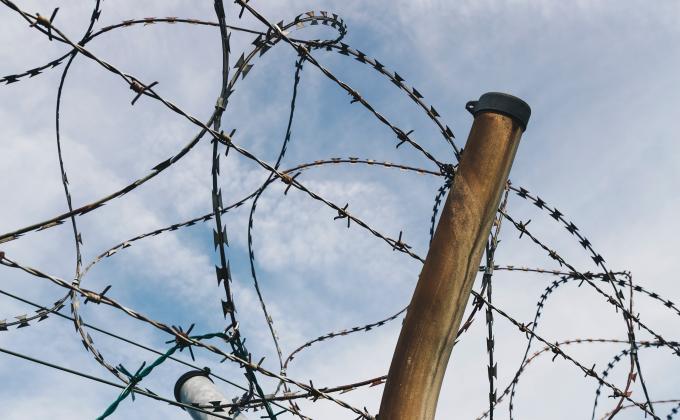Since 2010, ICCT has been conducting projects, research and specialised technical assistance on the rehabilitation and reintegration of violent extremist offenders. This particular initiative focusses primarily on prisons as potential enabling environments where convicted (terrorist) offenders may network, exchange information, radicalise, recruit, and even command or plan terrorist operations outside prison. Eventually, most convicted offenders will be released and the goal of ICCT’s work is to assist governments in designing and implementing effective rehabilitation and reintegration programmes for violent extremist offenders, and to minimise the spread of violent extremist ideology in prison settings.
To date, ICCT's activities have involved several high-level conferences and expert meetings, the drafting of the GCTF Rome Memorandum on Good Practices for Rehabilitation and Reintegration of Violent Extremist Offenders, consultations with various stakeholders, and several publications. This Memorandum recognised that prisons can be incubators for violent extremist ideology or be institutions for reform, and offered 25 good practices to inform and guide countries as they develop programs designed to rehabilitate and disengage incarcerated violent extremist offenders, as well as address more general issues related to prison radicalization.
In a follow-on project, conducted from 2013 - 2017, ICCT delivered nine trainings across a number of a number of countries to facilitate the implementation these Good Practices, and build rehabilitation & reintegration capacity more broadly.
Highlights
About the project
GCTF Rome Memorandum on Good Practices
The meetings convened by ICCT from 2010 - 2013 culminated in the Rome Memorandum. In May 2012, members of the Global Counterterrorism Forum (GCTF) convened to discuss the ICCT/UNICRI good practices document that the December 2011 conference in The Hague produced. With ICCT assistance, GCTF members worked to transform the document into a GCTF product (the “Rome Memorandum”). During the 7-8 June 2012 meeting n co-hosted by US Secretary of State Clinton and Turkish Foreign Minister Davutoğlu in Turkey, it became clear there was widespread agreement about the need to increase the members’ collective focus on this subject, and the importance of these principles in moving efforts forward in this key area. The Rome Memorandum, designed to facilitate this, was formally adopted in this ministerial-level plenary session.
The non-binding good practices, drawn together to inform the development of programs to rehabilitate and disengage VEOs, outlined in the Rome Memorandum concerned:
- defining goals and objectives when developing a rehabilitation program;
- considering the prison context;
- the role of different actors in prisons;
- the design of reintegration components;
- and looking, as appropriate, to other relevant fields for lessons learned.
Two follow-on meetings clarified additional guidance on how the Rome Memorandum could be implemented - how rehabilitation and reintegration programs could be strengthened or developed. Overall, the endorsement of these good practices in rehabilitation and reintegration programmes for violent extremist offenders was an important milestone for the GCTF.








